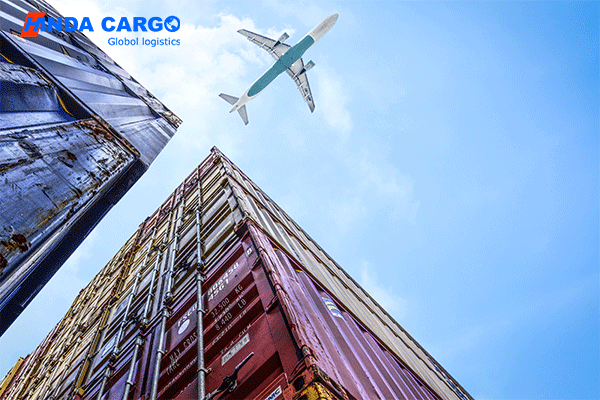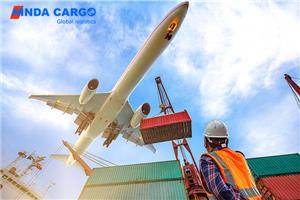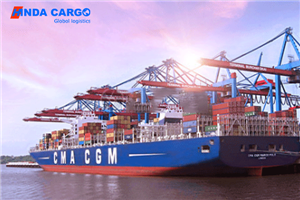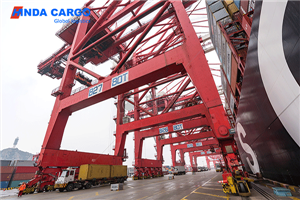¿Cómo gestionar la calidad de los productos de China a Italia?
In the context of globalization, trade between China and Italy is becoming increasingly frequent, and the quality management of goods has become a key link to ensure the smooth progress of trade. Whether it is by sea or air, strict quality management is required to ensure that the goods are not damaged or contaminated during transportation and meet the expected quality standards of the recipient.
This article will discuss how to manage the quality of goods from China to Italy.

Ocean transportation: Goods from China to Italy
Ocean transportation quality management: proper packaging (packaging must meet international standards), strict inspection (appearance inspection, size measurement, quantity verification), tracking and monitoring (real-time monitoring of goods).
1. Proper packaging: For different types of goods, quality management in ocean transportation is first reflected in packaging. The packaging of goods must meet international standards and be able to effectively protect the goods from factors such as moisture, vibration and temperature changes. For special goods such as fragile, perishable, and explosive, professional packaging materials and methods are more needed.
2. Strict inspection: Before loading, the goods must undergo a strict inspection procedure, including appearance inspection, size measurement, quantity verification, etc., to ensure that the quality of the goods meets the standards and there are no defects or damage. Some special goods may also need to be tested or inspected to ensure that they meet the relevant quality standards.
3. Tracking and monitoring: Once the goods are loaded, the owner and the freight company need to monitor the goods in real time through the cargo tracking system to keep abreast of the transportation status and location of the goods. If any abnormalities are found, immediate measures need to be taken to ensure that the problem is solved in a timely manner to avoid damage or loss of the goods.

Air freight: goods from China to Italy
Air freight quality management: safe packaging (packaging must have higher safety), strict security inspection (ensure that the goods meet aviation safety requirements), and ensure transportation safety (safe loading and unloading of goods, storage).
1. Safe packaging: The packaging of air cargo must have higher safety to cope with high-speed movement and air pressure changes during flight. The packaging materials and methods of the goods must be carefully selected and tested to ensure that they can effectively protect the goods from damage.
2. Strict security inspection: Before air transport, the goods must pass a strict security inspection procedure to ensure that the goods meet aviation safety requirements and will not cause any safety hazards to the aircraft and passengers. Only goods that pass the security inspection can be allowed to be loaded on the aircraft for transportation.
3. Ensure transportation safety: During air transportation, freight companies need to take a series of measures to ensure the transportation safety of goods, including safe loading and unloading of goods, proper arrangement of the storage location of goods, and timely handling of abnormal conditions of goods, so as to ensure that the goods can be safely delivered to the destination.

Comprehensive comparison
Sea transportation and air transportation have their own advantages and disadvantages in quality management. Sea transportation is suitable for large quantities and large volumes of goods, and quality management is relatively simple, but the transportation time is longer and the risk is relatively higher; air transportation is suitable for urgent and high-value goods, and the transportation time is fast, but the quality management requirements are more stringent and the cost is higher.
Conclusion
Whether it is sea transportation or air transportation, goods from China to Italy need to be strictly managed during transportation to ensure that the goods can be delivered to the destination safely and in time, and meet the expected quality standards of the recipient.
Shippers and freight companies need to work together, strengthen communication, and develop effective quality management plans to ensure that the quality of cargo is effectively controlled and managed.




